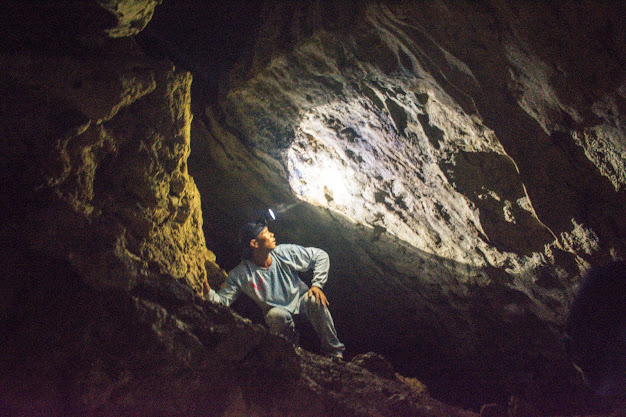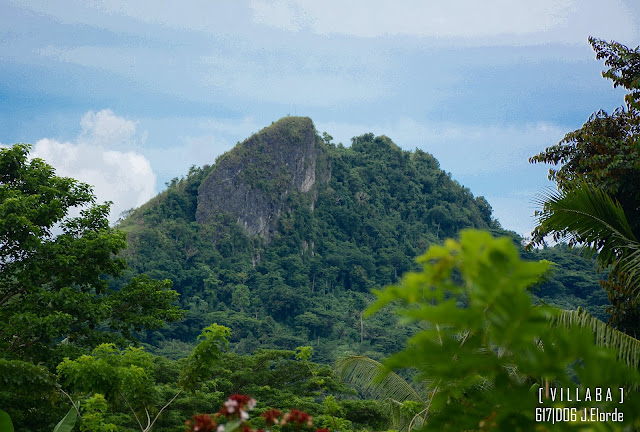Buga-buga Cave - World War 2 Straggler's Refuge
Location: 400 meters south of Mt. Bugabuga, and a few meters uphill from WW2 Peace Memorial.
As we're toiling our way into tight narrow crevices and through the rugged dark passages, our venture to the one of the mazelike cave occupied by the Japanese stragglers 75 years ago, made me think of the hardships they had endured as they hid inside during the height of Leyte battle between December 1944 to April 1945 - where many of them took refuge here and was reportedly died from illness and starvation*
The cave has chambers connected by small tunnels and you really need to hunker down to get into one chamber and crawl again to get to the other. Due to hunting expeditions in the past decades, where it was believed that there were treasures left by the Japanese, traces of excavations are apparent in each of the caverns. There are countless of diggings inside, dripstones were destroyed, and some passages were intentionally sealed with soil and rocks.
When we're about to descend in a vertical shaft, Kuya Tata's headlamp fell off from his head and it went straight down into the unknown depths. He can see his lamp illuminating a portion below and he tried to retrieve it, but without any rope, the passageway going down was impossible to penetrate. We then ascended to end our spelunking attempt and promised to explore the site again with the help of some experts and equipment.
 |
 |
| Roots of balete tree covering the entrance |
Yet even without successfully mapping the whole Dakit cave system, we were still hopeful of discovering new caverns which we believe to having interlinking passages starting from those underground caves in Buga-buga mountain all the way down to the vast networks of Tolingon caves.
How to get there:
From Tacloban or Ormoc, one can ride a van bound to sitio Sandayong of barangay Hibulangan and take a habal-habal to barangay Buga-buga, a community guide will then lead you for about an hour hike to reach the Buga-buga mountain and its surrounding caves.
*References: Leyte: The Return to the Philippines, by M. Hamlin Cannon
Report on Leyte Island Remains, Ken Noguchi












Comments
Post a Comment